
Traveling With Your Drone – Things to Consider – Updated!
April 9, 2018So you’ve got your Mavic, flew it around a little and now you’re ready to take it on a trip. There are many things to consider when traveling with your drone.
- Does your destination permit drones and, if so, what rules and regulations do you need to be aware of?
- How are you getting to your destination? Does your mode of travel permit you to bring a drone? What precautions must you take to meet their requirements?
- Besides your drone, what should you bring for this trip?
- What kinds of shots do you want to take at your destination?
If your travels involve boats or other moving platforms check out my Flying from a Boat or Other Moving Platform – Taking Off, Operating Around and Landing post.
THIS POST MAY CONTAIN AFFILIATE LINKS. PLEASE SEE OUR AFFILIATE DISCLOSURE FOR MORE INFORMATION.
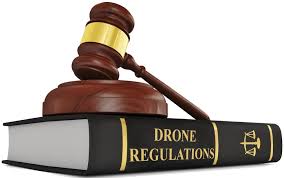 What Are the Drone Regulations for Your Destination(s)?
What Are the Drone Regulations for Your Destination(s)?
This is by far one of the most important questions to ask. There are quite a few stories of people who went on vacation only to find out that, if they want to bring their drone into a country, they must pay en expensive registration fee/tax or apply for a special license and pass a test, or worse yet, both. There are also stories of people who have had their drones confiscated because they simply aren’t permitted in the country.
Please do yourself a favor and perform a couple of online searches for topics such as drone rules or drone regulations in .
One example is my upcoming trip to Grenada and then onto St. Vincent and the Grenadines. After a few minutes of searching I discovered that drones are permitted in my destination countries but, in Grenada, I have to get local police permission before launching my Mavic. Such a restriction is not present in St. Vincent and the Grenadines. A couple more minutes of digging and I know the regulations for flying in those countries are as follows:
- Do not fly your drone over people or large crowds.
- Respect others privacy when flying your drone.
- Do not fly your drone over airports or in areas where aircraft are operating.
- Fly during daylight hours.
- Only fly in good weather conditions.
- Do
not fly your drone in sensitive areas including government or military
facilities.
These rules don’t seem too restrictive and, as long as I follow them, I should be good to go.
If your destination has fees or licensing restrictions do a little more research and determine the following before deciding to bring your drone or not:
- How much will this cost? Is the fee a one-time deal, do you pay per flight or is there some other fee schedule?
- If there’s a test what kind of questions will be asked? How long does it take to administer? If you pass, will you get the license immediately or do you need to take the test in advance of arriving at your destination to provide enough time to receive your license?
- Do you need to register your drone? If so, how do you register it and what are the fees?
If your destination does not permit drones, don’t try to sneak yours in. It’s not worth being detained, or worse, getting arrested or having it confiscated (maybe you’ll get it back, maybe you won’t) and/or having to pay some ridiculous fee.
Update – DJI recently added a Flying Tips page that highlights the drone laws and battery transportation policies of over 20 popular destinations around the globe (at the time of this writing). Check it out to see if your destination is listed.
 Does Your Mode of Transportation Permit Drones?
Does Your Mode of Transportation Permit Drones?
This may sound like a strange question but… How are you getting to your destination? Is the mode of transport part of the experience (such as a cruise ship) or just a means to an end (such as an airline)?
The method of travel and, more importantly, the company you travel with can make a determination as to whether or not you can bring your drone. As drones become more prevalent, companies will start to impose their own restrictions and, in the process, might even set the standard that other companies in the same industry may follow.
Air Travel:
At the time of this writing I am not aware of any airlines denying passengers the right to bring their drone. That said, it should be noted that there are specific regulations that must be followed. It is best to check with your airline as to what rules they may impose. In general here’s the ones that you should follow:
- The aircraft should be in your carry-on luggage. More specifically the batteries, but I can’t imagine someone would check their drone.
- The batteries should be in a partially, but not fully charged state. This serves 2 purposes. The first is, having a partial charge will allow you to power-up the device should security ask you to do so. If the battery is fully discharged you will not be able to show security that it is what you say it is. The second is, not so much a rule as a recommendation. You can have the battery fully charged, but the majority consensus is to have it partially discharged, usually between 25 and 50 percent when traveling (many will disagree but it’s what I do and I’ve never had an issue).
- Do not power up or operate the aircraft once aboard. This should be common sense.
- If possible use Li-Po Safe Bags for your batteries. Should your batteries fail, puncture, catch fire, etc., these bags will help contain the damage.
Again, check with your airline for a list of their rules, regulations and recommendations for flying with your drone.
Bus Travel:
I am unaware of any limitations as to taking your drone on a bust other than don’t operate it while inside the bus.
Boat Travel:
There are many types of boat travel, personal craft, charter craft, cruise ship, etc. Each will have its own rules or preferences regarding the use of drones. Many will not permit their use when in motion. Others, such as cruise ships, may take the drone from you and not return it until your cruise is over. Charter vessels (fishing, sight seeing, etc.) may or may not allow the use of drones and it is best to check with the charter company.
It should be noted that, if you are allowed to use your drone while aboard, it can be very difficult to take off and/or land safely on a moving vessel. Please keep that in mind and be aware of your drone’s surroundings. Most use GPS and attempt to hold their location. If the platform they are launching from and landing on is moving, the drone may hit an object or miss it’s landing point altogether (and really the object moved into the drone and/or out from under it).
Car Travel:
This one is pretty simple. Don’t try to fly your drone inside a vehicle. One, it’s simply too small a space to maneuver in and two, if the vehicle is in motion and the drone is in GPS mode chances are the vehicle or objects inside the vehicle will collide with the drone.
Another issue to consider is operating a drone from a moving vehicle. This can be done but, be sure you follow all local laws and regulations regarding operating a drone from a moving vehicle.
Train Travel:
I have not yet done anything with a drone and trains. I know that many train companies dislike drones flying around their train yards and I assume the same applies to flying when on board a train. Your best source for such rules and regulations will be the train companies themselves. Contact the operator of the train(s) you’ll be on and ask about drone regulations while on board.
Regardless of the rules you should take note that trains move pretty fast and launching, landing and keeping up with a moving train can prove to be difficult. If you’re unsure, don’t do it. It’s not worth losing your drone because you couldn’t keep up or lost line of sight and crashed, etc.
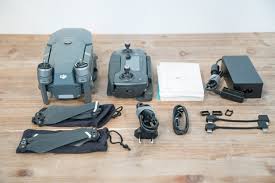 What Should you Pack?
What Should you Pack?
Don’t get caught up in the excitement of going on your trip with your drone! Make sure you bring what you need. At minimum you should have the following items:
- The drone itself. There’s not much you can do if you forget this item.
- The remote controller. You can still fly a Mavic without the remote controller via WiFi but you’ll be limited in range.
- The associated controlling device (phone, tablet, etc.). If you want all those fancy modes and features you’re going to need the brains of the remote.
- Batteries. One battery will do but you’ll have a lot of down time while waiting for it to charge after each flight. Consider bringing extras.
- Extra Props. Nothing is worse than chipping a prop in flight and not having a spare on the trip. If you don’t have spares, you’re pretty much grounded.
- Charger. Don’t forget to bring a battery (and remote controller) charger. It would be terrible to go on a 2-week vacation and only have 3 batteries and no way to charge them. Depending on your accommodations you might want to bring a car charger (for those 12 volt accessory ports) or a plug-in charger.
- A bag to carry all the above in. Keeping your drone related items contained in a single location will make it easier to find what you need quickly.
If you want a more comprehensive list check out my post on Essential DJI Mavic Pro Accessories – The Must Haves.
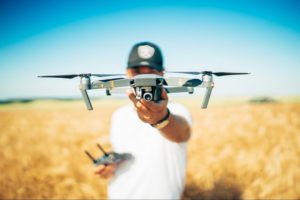 You’re at Your Destination – Now What?
You’re at Your Destination – Now What?
Get out there and get those shots. Fly around, get an aerial view of your surroundings and see what options you have for some great footage. Get pictures or video of yourself casting that line, snorkeling, skiing down the slopes, walking on the Great Wall, whatever your activity.
If you’re in a populated area be aware of your surroundings (be aware of them even in unpopulated areas) and respectful of other’s privacy.
Chances are people are going to ask you about your drone. Show it off a little. There’s nothing quite like the feeling of sharing the experience with others.
Conclusion
With just a bit of research you can make sure that your trip with your drone will be a good one. Now, that you have a list of things to consider, you won’t be breaking any rules in the process and you won’t run into any nasty surprises while traveling with your drone. You’ll be better prepared to get to your destination with your drone and may gain the appreciation of others when you handle your drone as you should through the various phases of your trip.
Get out there and have some fun! Don’t forget to share your shots with us!
Beyondsky Mavic pro Battery Safe Bag Fire Resistant Explosionproof Battery Charging Storage Battery Portable Bag for DJI Mavic Pro/ DJI Mavic 2 Zoom/Pro (#1)
If you feel I’ve missed anything, disagree with my post or have additional items you think should be included please comment below. I do review comments and once approved they will be visible on this post for others to see.
Thank you,
Scott Hinkle
MavicManiacs.com
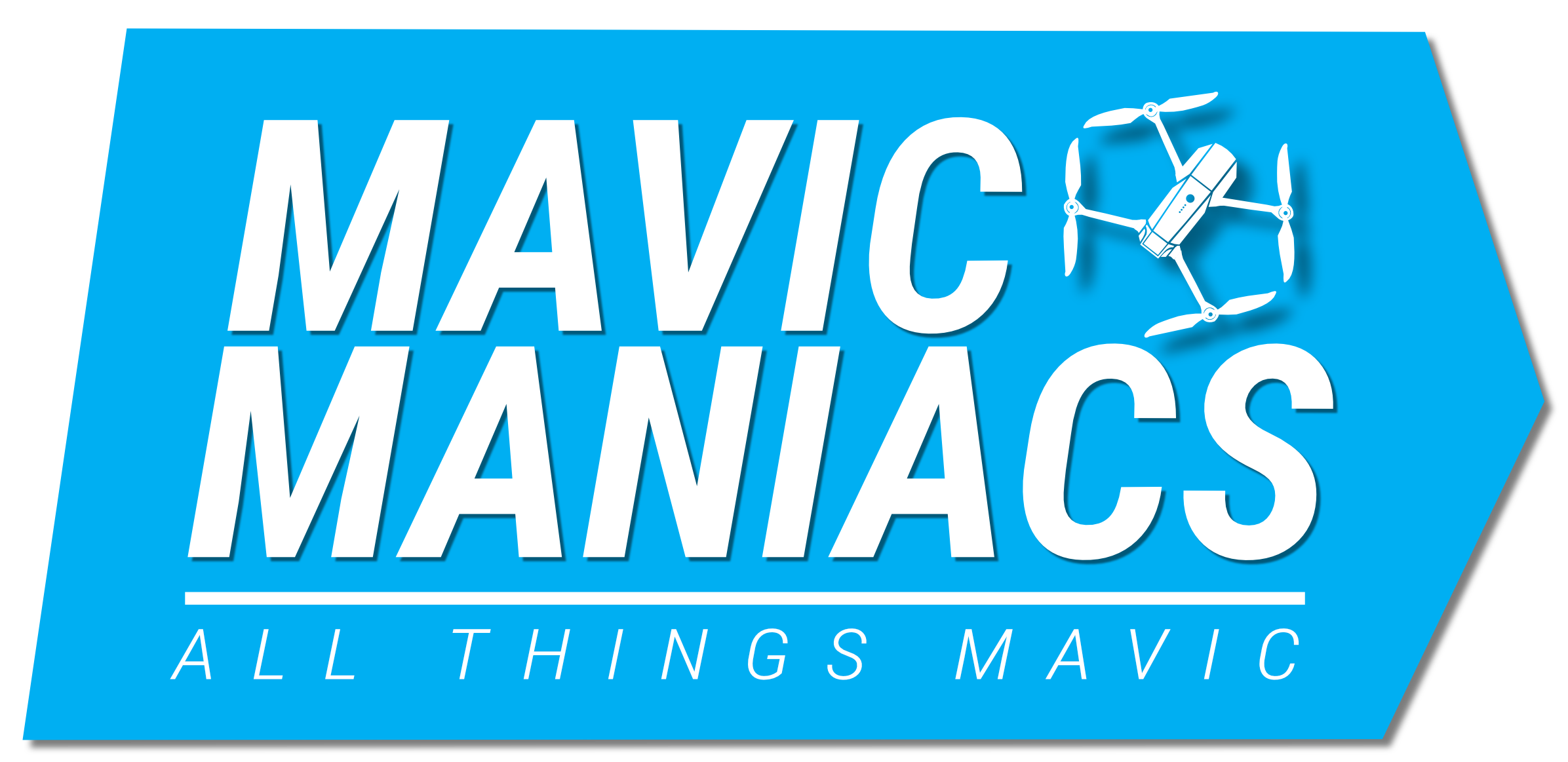

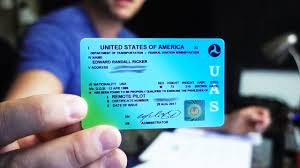


I had no idea about these restrictions. These are good tip for someone who is new to this topic. Thanks for sharing.
With drones popping up everywhere and some people being careless with their use, it’s only a matter of time until more restrictions are implemented. It’s always a good idea to check your destination(s) for regulations and requirements.
Fly drones can provide hours and hours of fun. In fact for a long time now i have been thinking of getting one of my own. These gadgets have gain worldwide recognition and so may people from all walk of life is really enjoying them. What you are sharing is so important because there are rules and the last thing that we want is to get in problems. Your post is very informative and helpful.
Thanks for commenting! Let me know when you do end up getting one. I’d love to hear which one you ended up with. The drone landscape is changing daily and more regulations are coming. This is what happens when something new comes out and current legislation doesn’t cover it.
Technology is making life much easier everyday. Unlike is the past where you would have to go out there yourself to discover, all you have to do now is use a remote control to scout from one single location.
These are definitely handy when travelling, provided that the regulations surrounding its use are all respected. And I love the fact that you emphasized the respect of privacy, because if these drones are handled by people who lack some moral ethics… Only God knows to what extent they can be mischievous.
Thanks for sharing this great article. I enjoyed reading
It’s true, you either had to go to the destination yourself or watch slide shows of someone else’s vacation then it stepped up to “The Travel Channel” and such to get your fix and now, you can just send your own flying camera!
That’s the real catch. So many people, just like in boating, get their new toy and just go. No thought of what should be done or how to go about doing it. I know it’s exciting but, if people would take just a little time to learn the rules and regulations, the general, non-flying, public would have a much brighter view of drones in general. Right now all they see are negative news stories, Facebook posts of how someone shot one down because they “knew it was spying on them” and how drones are used in the military, not how they help save lives, locate lost people, help put out fires and so on. Check out my post Positive Press – Drones Doing Good for more on this subject.
Thanks for taking the time to comment!